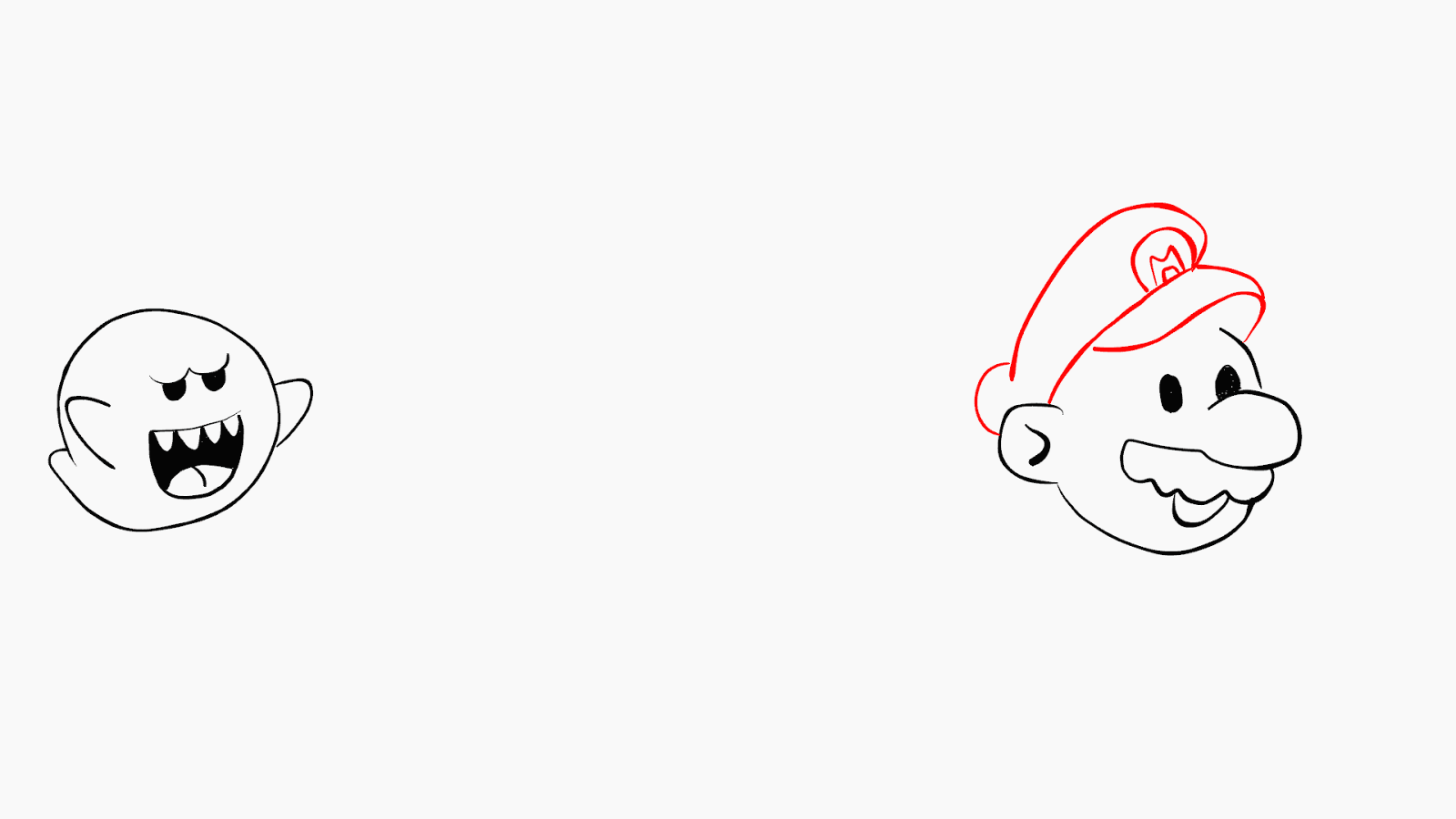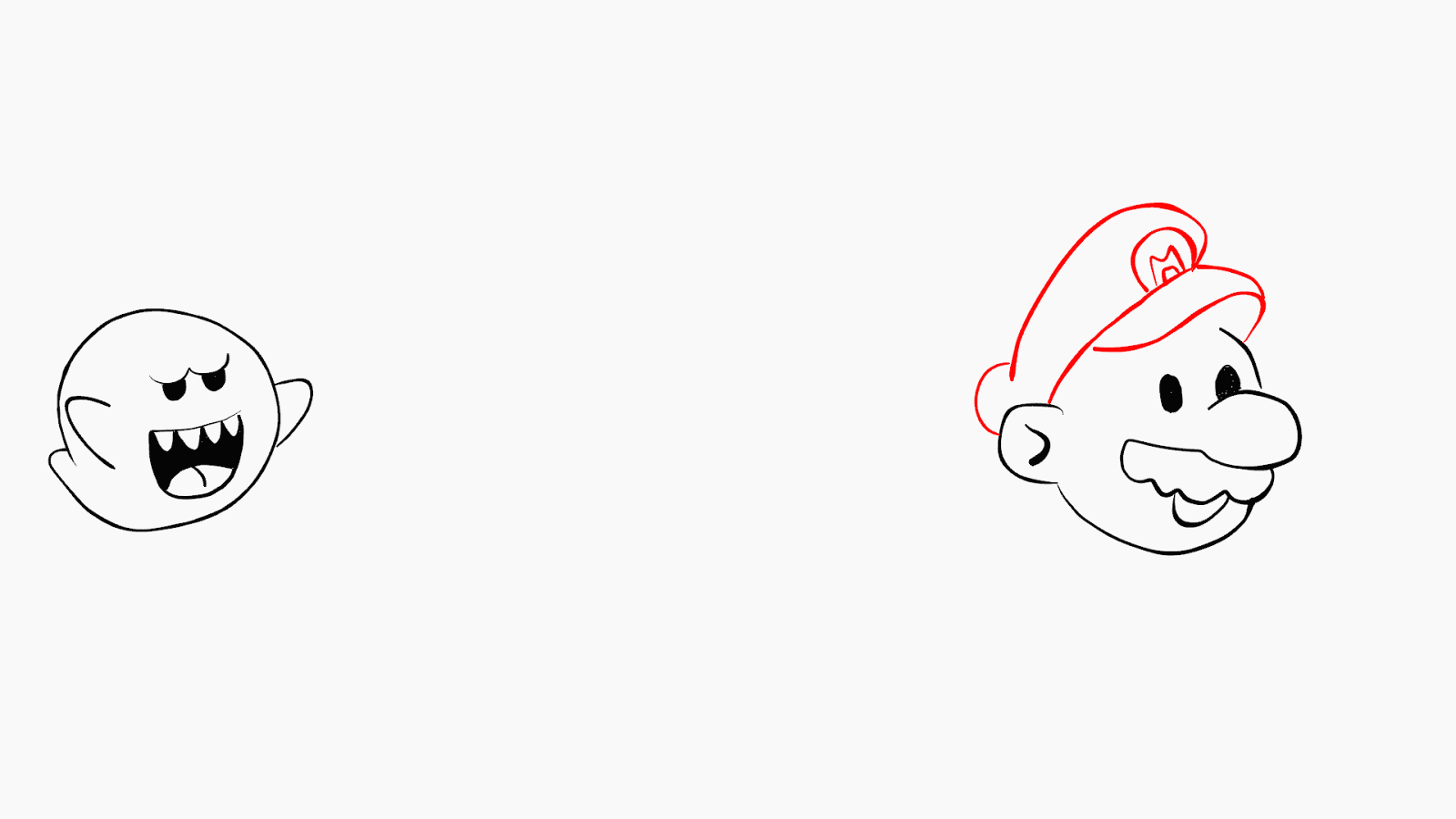Quantum Mechanics Meets Super Mario: A Playful Exploration
Written on
Understanding Quantum Concepts Through Gaming
In a recent lecture on the fundamentals of Quantum Computing, we delved into the intriguing Quantum Zeno effect. To simplify, this phenomenon suggests that — unlike a “watched pot” that eventually boils — a “watched quantum pot” remains in a constant state of waiting. A curious student drew a parallel to Boo from Super Mario Bros., prompting an exploration of quantum concepts through this nostalgic character.
For many who grew up in the 90s, Boo, the charming ghost first introduced in Super Mario Bros. 3, evokes fond memories. If you’re unfamiliar with Boo’s gameplay mechanics, you can catch a glimpse in this video:
Essentially, if Boo makes contact with Mario, he loses a power-up or perishes (but don’t fret, he revives). Boo chases Mario only when he’s not facing him. When Mario turns to look, Boo hides its face and becomes immobile. I created a simple animation to illustrate this concept.

Video Game Rules and Physics
Characters in video games adhere to specific rules, which developers code intentionally. A game behaving contrary to these rules is deemed a bug. Analyzing the code reveals these foundational rules, often referred to as physics. In titles like Angry Birds, the mechanics follow the actual laws of motion established by Isaac Newton centuries ago. While Mario doesn’t conform strictly to gravitational laws during jumps, he still operates under a set of defined rules that can be likened to “physics.” The programming in nearly all video games derives from classical physics principles, which have been expanded upon by modern physics, including quantum mechanics.
What if Boo’s behavior were dictated by quantum principles instead? Enter Quantum Mario Bros.
Reimagining Boo: Quantum Edition
Let’s retain Mario as the classical character while rethinking Boo’s behavior in quantum terms. The primary distinction between Classical Boo and Quantum Boo is that the latter does not traverse a continuous path. Quantum Boo exists only at its starting point or at Mario’s location, with its movement defined solely by probabilities of catching Mario, represented visually through varying levels of transparency. The clearer Boo appears, the less likely it is to be found.

As time elapses, Quantum Boo begins to fade from its initial spot and reappears at Mario’s location, with the probability of catching him reaching 100%. Until that moment, there’s a chance Boo has either caught Mario or remained stationary, resulting in a superposition of potential states.
Quantum Power-ups in Action
Uh-oh! Quantum Boo appears formidable. However, Mario wields the power of observation — a critical aspect of quantum measurement. Whenever Mario looks at Quantum Boo, he can only find it either atop him or back at its starting point. If timed correctly, Mario can compel Quantum Boo to return to its initial location, eliminating any chance of being caught. However, luck plays a role; Mario could inadvertently discover Boo right beside him — akin to a quantum coin toss!

When Mario isn’t looking, Quantum Boo initiates its transition, which takes time. Should Mario manage to send Boo back to its starting point, the process restarts, allowing him to potentially keep Boo from moving altogether.
The Quantum Principles Behind the Fun
This is a playful representation of how a Quantum Mario Bros. game might function. Curious about the quantum principles at play? Let’s explore the underlying concepts.
The Nature of Boo's State
In classical physics, Boo’s state includes all its significant attributes — location, direction, speed, and whether it’s hiding. Its potential positions are infinite and continuous, whereas in quantum physics, Quantum Boo’s states are discrete and countable. This marks a fundamental difference, with the first major deviation from classical physics recognized by a Nobel Prize in 1900. Quantum Boo can only occupy one of two locations, necessitating a jump from one to the other without traversing the intervening space.
Superposition and Quantum Behavior
Yet, Quantum Boo still seems to move in a fluid manner between two positions. The probability of its location changes continuously. The moment Mario turns his back, Boo is neither at its starting point nor at Mario's location — it exists in a state of superposition, not confined to either space.
A common misconception about quantum superposition is that it implies Quantum Boo is in two places at once. This is inaccurate; Boo is present in neither state. To illustrate this concept, consider mixing blue and yellow flowers to create a new color. You wouldn’t label it blue or yellow, but rather green — a wholly new entity, just like quantum superposition.
The Measurement Dilemma
Mario cannot perceive the superposition state of Boo. As soon as he looks, Boo is either positioned atop him or back at its origin, never existing in between. This phenomenon leads to what is known as the measurement problem in quantum physics, highlighting the contradiction between Boo’s behavior when unobserved and when viewed. This issue is central to discussions around quantum foundations, emphasizing that the laws of physics should be consistent, regardless of whether an observer is present.
Introducing Zeno: A Philosophical Perspective
Zeno of Elea, an ancient Greek philosopher, is renowned for his paradoxes, which often challenge the notion of motion. His “Arrow paradox” posits that at each moment, an arrow is stationary, thus suggesting it never moves. While various refutations have been proposed, the simplest argument is to reject the idea that time consists of instants of zero duration.
The Quantum Zeno Effect Explained
With your newfound understanding, you can now explain the quantum Zeno effect to your friends (though perhaps only if the topic arises naturally). Boo begins with a 100% probability of being in its starting state. As time passes, this probability decreases. If Mario turns around, there’s a significant chance Boo will still be at its origin. However, should Mario frequently turn back, he can effectively keep Quantum Boo from moving, illustrating the quantum Zeno effect in action.
This video explores the Quantum Zeno effect within the context of gaming, illustrating the principles discussed.